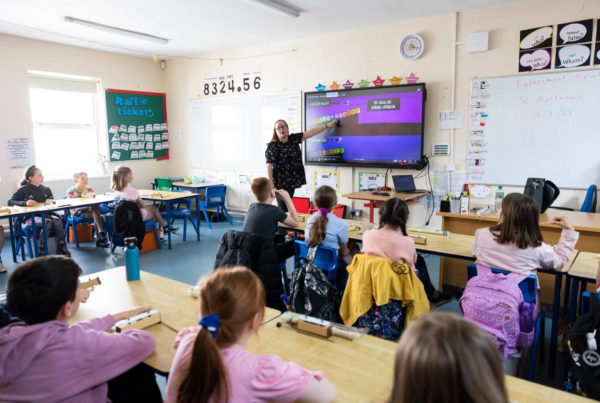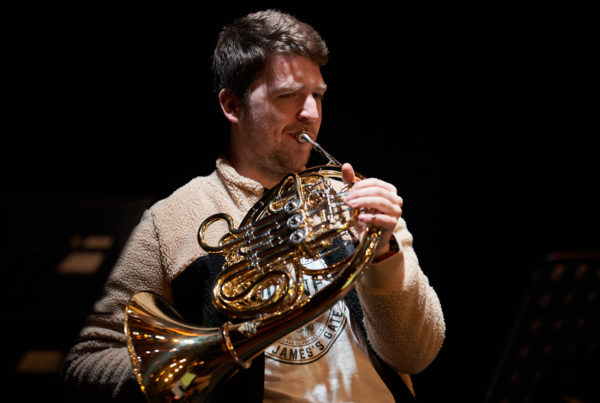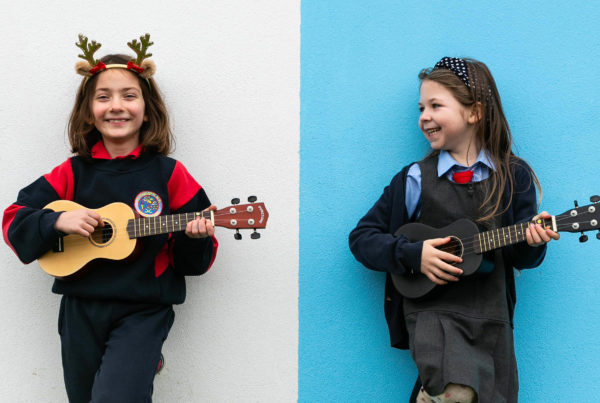So far in our How to Teach Music Series, Part 1 gave you an overview of how we approach teaching primary school music. Part 2 focused on ways to assess your class. This posts focuses on getting the basics of teaching primary school music right.
By the basics, we mean equipping the children with a set of musical skills to enable them to do the basic things well. The basic things include the following:
- Keeping in Time
- Starting, Staying and Finishing Together!
- Making Sure Everybody’s Ears are Open
- Sing Easy Songs Well
Here are some ways to master the basic things with your class:
Keeping in Time
Getting the children to stay in time involves grounding them as often a group of children performing together gets faster and faster. To ground anybody learning music the easiest thing to do is to get them to start by stamping the beat on their feet. Once the speed of the beat settles, get the children to start performing the song/ piece of music as they stamp their feet. By doing this activity they will become more aware of the beat. This activity is a challenge for most children (and adults) initially so it’s best to keep it simple and try it over and over.
Starting, Staying and Finishing together!
Being able to do these three things performing music is very important. The Mobile Music School uses words the children can relate to that require no explanation. These words are “GO” and “STOP”. To get a class to commence we say “Ready Steady Here We Go” in the younger classes (Junior Infants through to First Class) and “1 2 3 GO” in the older classes (Second Class upwards). The important thing here is that everybody begins together after the word “GO”.
To stay together, a direction we give to a class is that everybody needs to sound like one person. If everybody sounds like one person the class will stay together. The trick here to constantly encourage every child to listen to each other
Lastly, to get the children to finish together we use the word “STOP”. We put our hand in the air to get everybody’s attention and say “STOP” on the final beat. After the final beat there should be silence
By repeatedly working through these three directions the class will develop a sense of cohesion and will naturally start, stay and stop together
Making Sure Everybody’s Ears are Open
Following on from the point above encourage the children to sound like one person. Ask them after they have performed or completed an exercise together if they sounded like one person. By constantly asking them questions like this their ears will naturally begin to open
Play lots of aural based musical games like “Call and Response” as activities like this will develop their ability to listen
One last tip here is to tell the class that they should be able to hear everybody else in the class as they perform. Again this direction encourages every child to open their ears
Sing Simple Songs Well
We’re all guilty of overthinking and over complicating things. Our approach to song singing is choosing songs that are easy to teach and learn but that sound good and give every child a sense of achievement. Don’t worry about the elaborate harmonies. Start by getting the basics right first
Take this approach when teaching music and see what your class responds best to. If you prefer you can make a booking with us for a short 6 week programme and see how one of our music tutors brings classroom music to life. Contact Mobile Music School for more on this




